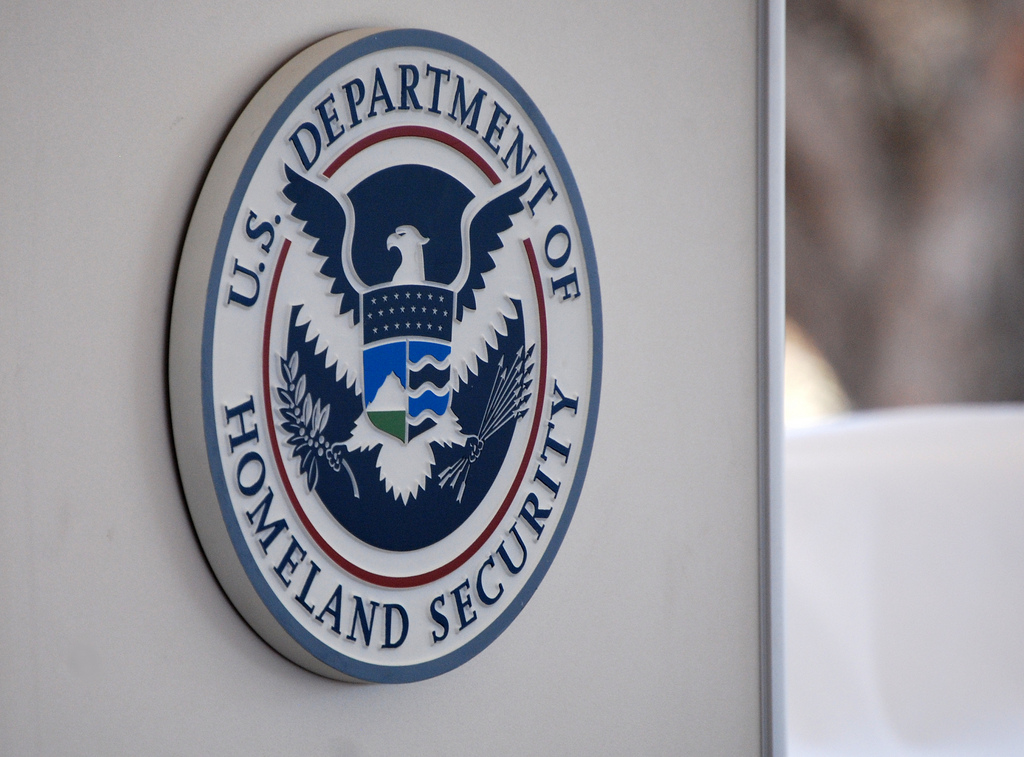This week, the Department of Homeland Security (DHS) released its fiscal year (FY) 2015 deportation numbers. According to DHS, immigration enforcement agencies apprehended 406,595 individuals nationwide and conducted a total of 462,463 removals and returns. These totals include both people deported at the border and those removed from the interior of the United States. However, in order to understand what these numbers actually mean and if they reflect DHS’s new enforcement priorities, a closer look at enforcement actions by Border Patrol versus Immigration and Customs Enforcement is necessary.
First, border apprehensions conducted by the U.S. Border Patrol totaled 337,117 in FY 2015, compared to 486,651 in FY 2014. DHS reports that apprehensions of “Mexican nationals decreased by 18 percent from FY 2014, and apprehensions of individuals from countries other than Mexico, predominately from Central America, decreased by 68 percent.” The drop in Mexican apprehensions likely reflects the downward trend in recent arrivals, especially from Mexico. Central American apprehensions at the U.S. border are likely down due to a rapid increase in deportations by Mexican officials of individuals heading north. All in all, DHS says the number of people attempting to cross the southern border is at a 40-year low.
Next, returns or removals conducted by U.S. Immigration and Customs Enforcement (ICE) included 235,413 individuals—165,000 of whom were recent border crossers, meaning that they were apprehended by Customs and Border Portection (primarily by Border Patrol) at or near the border, but then turned over to ICE for processing and removal. ICE says 86 percent of the individuals they removed were considered a top priority or “Priority One,” which includes “recent border entrants, convicted felons and aggravated felons.”
Under DHS’ new priorities schema, issued as part of the President’s executive actions on immigration announced in November 2014, ICE seems to be more narrowly targeting individuals for deportation. More narrow targeting, however, does not negate the fact that DHS’ enforcement priorities are still too broad and ensnare people who have been criminalized for civil immigration violations or are low-level offenders. There are differences among a recent border crosser, a shoplifter, and a dangerous felon. Also, being a recent, unauthorized border-crosser says nothing about whether or not an individual has a criminal history or violent proclivities; it also does not speak to a person’s ties to the United States or past residence here.
While some are quick to accuse the government of not enforcing the immigration laws, the decrease in actual deportations certainly does not support that conclusion. In fact, the decrease is not surprising. In a report released earlier this year, the Migration Policy Institute (MPI) predicted a drop in total deportations were DHS to follow through on its November 2014 policy guidance, which says that the immigration agencies will focus resources on individuals who pose threats to “national security, public safety, and border security.” MPI wrote that the new guidance, “if strictly adhered to, is likely to reduce deportations from within the United States by about 25,000 cases annually—bringing interior removals below the 100,000 mark.
Regardless of whether you agree with the enforcement priorities, DHS’ recently-released numbers seem to indicate that the Obama Administration is taking steps towards enforcing them, which has not always been the case.
FILED UNDER: Department of Homeland Security, enforcement, Executive Branch, featured, Immigration Law, Priority Enforcement Program, undocumented immigration


